Sowing: Care Pays Off!
Inoculation
With any Gartensoja edamame seed order, you will receive the necessary amount of inoculant free of charge.
Edamame tends to be cultivated in well-equipped soil where inoculation is not always necessary. However, when the nitrogen supply is low, the lack of inoculation results in smaller, lighter pods and lower yields. If larger areas are cultivated on a commercial basis, inoculation is a must.
Detailed information on seed inoculation is provided by the German Soya Association. The application procedure for the inoculant for edamame seeds is the same as for dry soya beans and other legumes.
You Reap What You Sow
This is especially true for heat-loving edamame. With T-shirt weather for at least a week after planting and healthy seeds planted about 4 cm deep in well-warmed, slightly moist soil, the only thing standing in the way of a bountiful harvest is a drought or hail. ;)
Bean flies, birds and soil fungi will have a good time if the sprouting is delayed, and valuable days might pass before you can go in with a hoe. Under optimal conditions, however, the resulting damage is usually limited.
Seeding Process
The better the field is prepared, the lower the demands on the sowing machine. A thorough preparation of the seedbed also lays the groundwork for weed control.
Any single grain sowing machine is suitable, if it:
- is good at recompressing
- knows how to handle large grains (make sure you get appropriate seed discs and test them BEFORE you start sowing!)
- lays the seeds at an even depth. In addition to sufficient coulter pressure, driving very slowly can help with this
But it’s not technology that makes for good farming; what counts is care and above all, as always, the right timing.
When to Sow?
To extend the harvest window, some direct marketers start sowing in warm locations under foil as early as the end of March. With single or double fleece coverings, the harvest window can also be considerably stretched with a single sowing date. Standard sowing occurs between the end of April and the beginning of June, when the soil gets very warm for the first time (the standard point of reference is 12°C at a depth of 4-8 cm). Above all, it is particularly important to keep the soil, and thus the seeds, warm until germination has properly begun, after 5-6 days. Once the first leaves appear, even late frosts can be handled surprisingly well. Edamame have a wonderful potential to sprout again from the leaf axils and as a result, they are known to have survived many a hailstorm.
Due to the early harvest of the unripe pods, very late sowings are also possible. In warm climates, Gartensoja’s edamame varieties are successfully sown until July and the harvest can extend into October.
Flat – But Not Dry!
Edamame is not a field bean. Sowing should be done as shallowly as possible so that the seedlings can quickly make their way upwards – even in the event of silting or cold spells – but as deep as necessary so that the large seeds have enough germination water. This means that each seed must have contact with the moist soil. With an even sowing depth and re-compaction, blind cultivation can take place after approx. 4 days, despite relatively shallow sowing. But be careful: Do not cultivate too late, as the epigenetic seedlings are very sensitive until the first real leaves have unfolded!
Few Plants, Well Distributed
A major difference between edamame soya and dry soya is the lower seeding rate. We sow 20 edamame seeds per square meter. Further south in Europe, where the plants branch more strongly, some growers only sow 15 plants per m². Edamame has great branching potential, and strong single plants form abundant pods. The high seed costs alone suggest the lowest possible seed strength. The main disadvantage is the higher weed density.
The row width is variable depending on the available hoeing technology. The standard should be 50 cm, although we are currently cultivating with rows spaced at 75 cm, which makes it a little easier to deal with the weeds. In good conditions, our varieties cover these wide rows without any problems.
Click here to jump to the page about “Crop Management”.
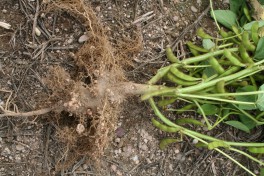
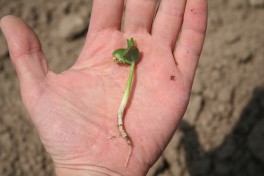
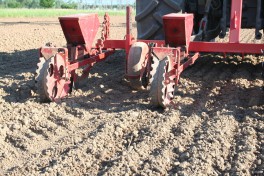

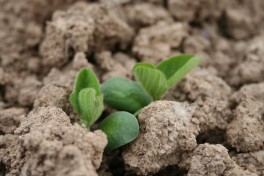
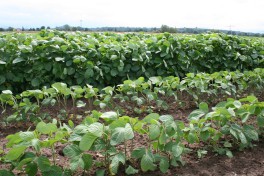
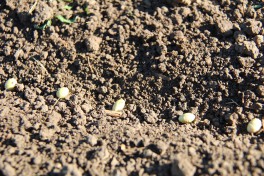

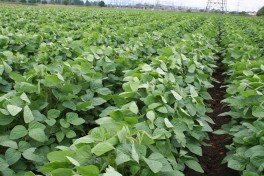
Gartensoja | Fabian von Beesten | Körtlinghausen 8 | D-59602 Rüthen
